Pests
General Pests
Opportunistic Pests
Some plant species are more prone to pest than others, but if a plant is in the wrong spot, or didn’t develop well, it will be more susceptible to pests. If you feel a plant suffers from general malaise, move the plant to a more suitable place or replace the plant with a more resilient species. Pests also respond to the opportunity created by weakened, exotic species. That is why, for example, grubs in lawns are a real problem in the USA, but not in the countries where the turf grass is native.

If you plant hostas you are inviting slugs
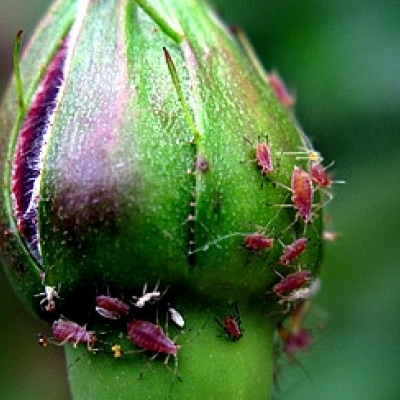
Many rose hybrids are susceptible to pests
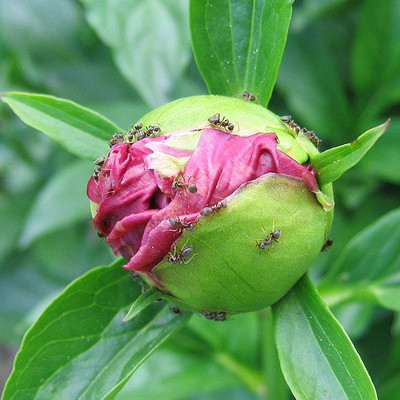
Insects can look like pests even if they do no damage
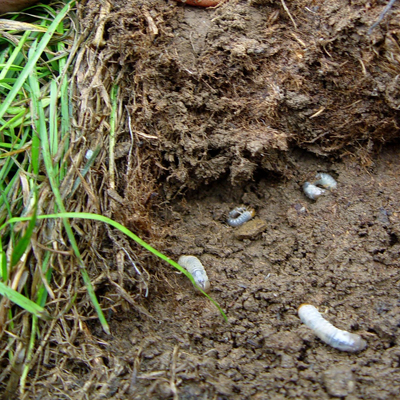
Grubs enjoy their lives under non-native turf grass
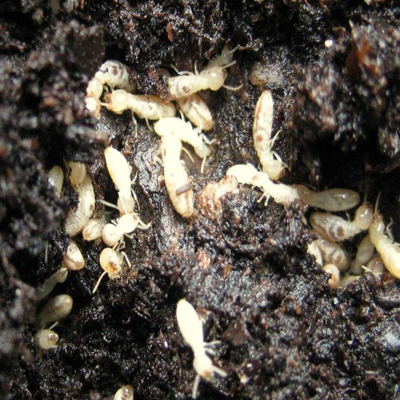
Don’t give termites an opportunity to flourish close to the house
Occasional Pests
Sometimes garden pests are an occasional problem, most often caused by climate events, like a temporary drought or an unusually wet season. Although we generally don’t advise the use of pesticides, in this situation, when you think your plant might die from the infestation, you may choose to use one. Try natural remedies first. Pests that have been occasional pests for thousands of years might become structural pests as an effect of climate change. In that case pesticides will not be enough, and you should consider replacing the affected species in your yard.
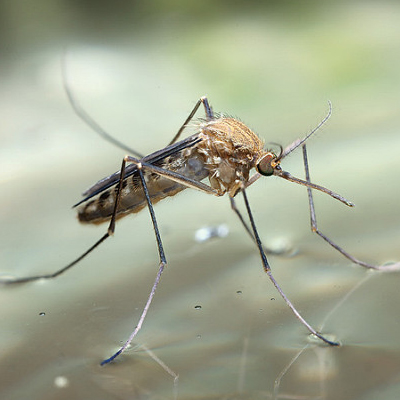
Mosquitos thrive in warm humid weather
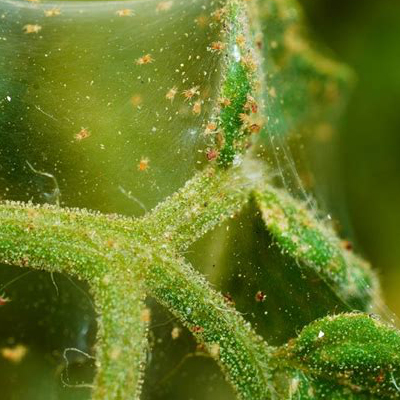
Spider Mites like prefer warm and dry weather
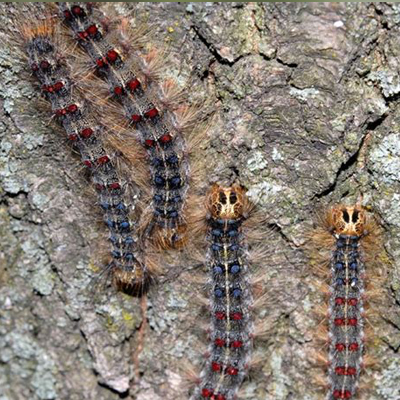
A dry spring helps the promotion of Gypsy moths

Aphids enjoy rainfall with plenty of new growth
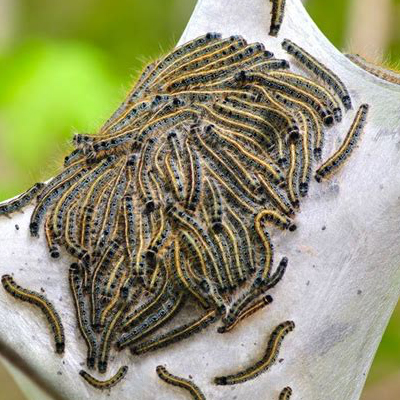
Tent Caterpillars become pests in dry, warm conditions
Structural Pests
Structural pests are pests that return year after year and for which we have no real solutions. These pest mainly occur because there is an imbalance in our environment. Many landscapers offer seasonal pesticide applications for these types of pest. But these applications don’t solve anything. In fact they make the problem worse. As our climate changes, more resilient insects will survive the more vulnerable insects. Pesticides speed up this process, and help to weaken already weakened insect species. Insect numbers have almost dropped almost 80% in the past 75 years; meanwhile insect pests have become more common. The solution of this problem lays in the restoration of our environment and the fight against climate change. As a landscaper, the best way to mitigate these pests is by creating a healthy habitat with the right plants for that habitat, and by inviting predator insects and insect-eating birds into the yard.
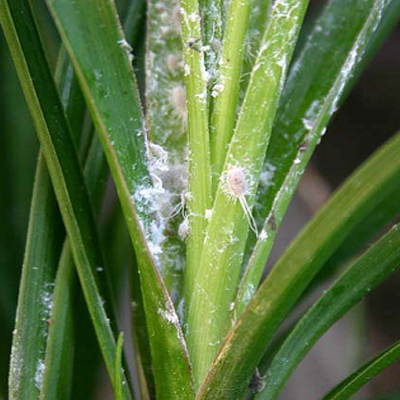
Mealy Bug
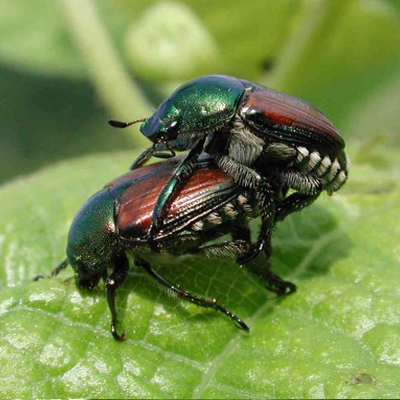
Scarab Beetles
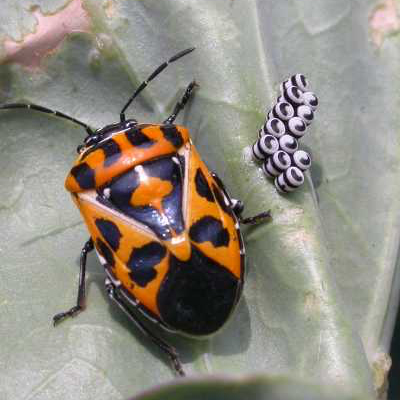
‘Stink Bugs’

White Fly
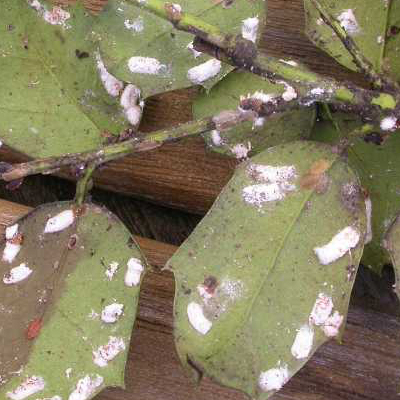
Scale
Invasive Pests
With invasive pests we refer to exotic insects that were introduced into our environment and, because they have no evolutionary predators, have been able to spread without control. These invasive pests can cause whole tree species to become endangered, and whole harvests to be damaged. Invasive pests are a global problem that has international attention. For example, in the northeast we recently lost thousands of white oaks to Gypsy Moths in Connecticut, the Emerald Ash borer is devastating ash tree populations and now we are threatened with the Spotted Lanternfly, which is causing serious damage, particularly to fruit trees, in parts of Pennsylvania.
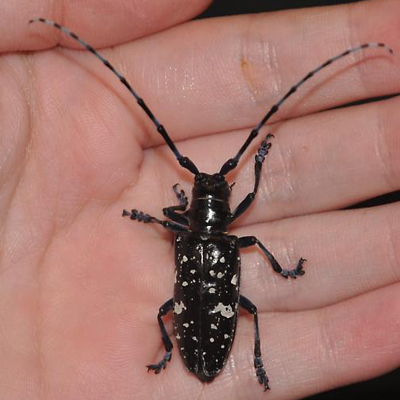
Asian Long Horned Beetle
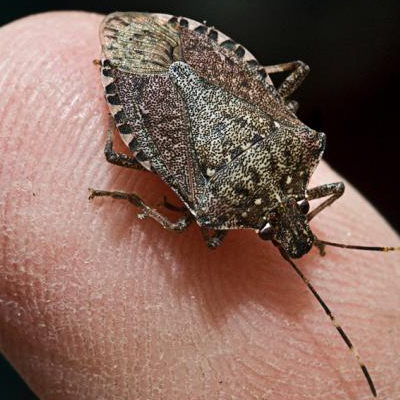
Marmorated Stink Bug
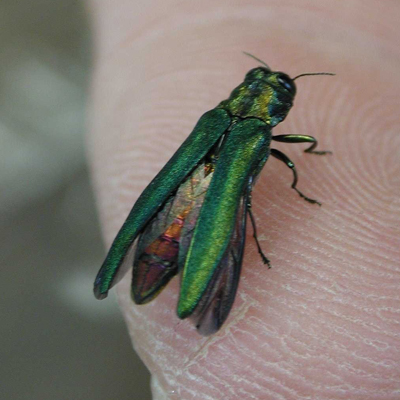
Emerald Ash Borer
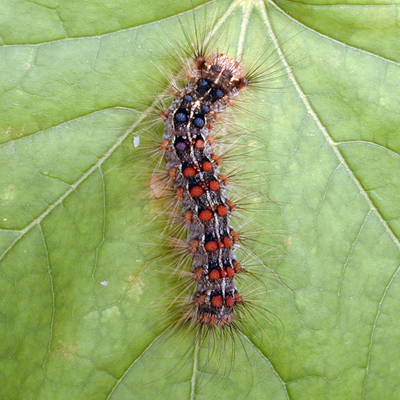
European Gypsy Moth
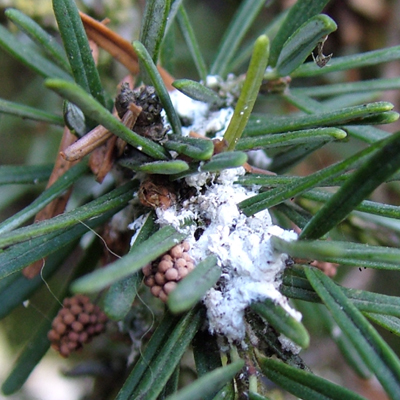
Hemlock Woolly Adelgid

Deer
Although deer are native to North America, the absence of natural predators and the prevalence of fragmented habitat, especially woodland combined with open spaces, have increased their numbers such, that they have become one of the, literally, biggest pests in our environment. Particularly in the northeast, deer browsing has caused undergrowth to disappear from forests, and has given many exotic species an edge over the natives, simply because the deer didn’t develop a ‘taste’ for them. Deer are a serious issue in forest management, but they can also be very discouraging to gardeners. Nowadays most plants come with deer resistant information. Most effective methods to deal with deer are isolating, fencing, planting densely and planting deer proof plants around more vulnerable species. For deer proof plants, shrubs and trees please see the links below.
